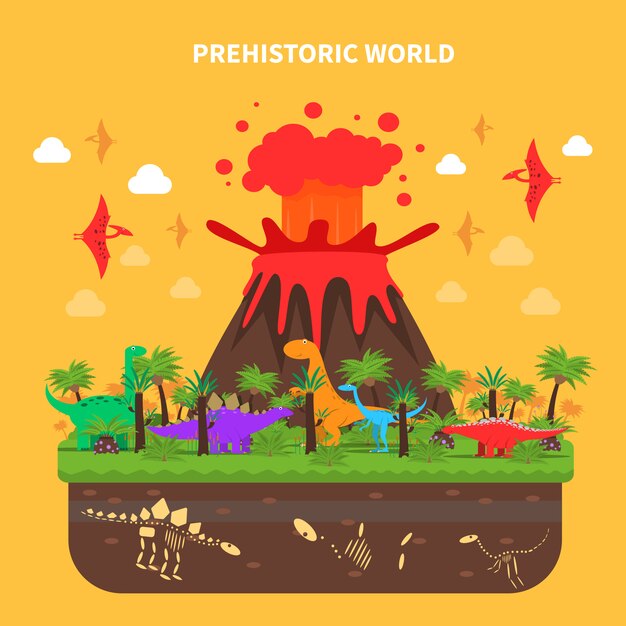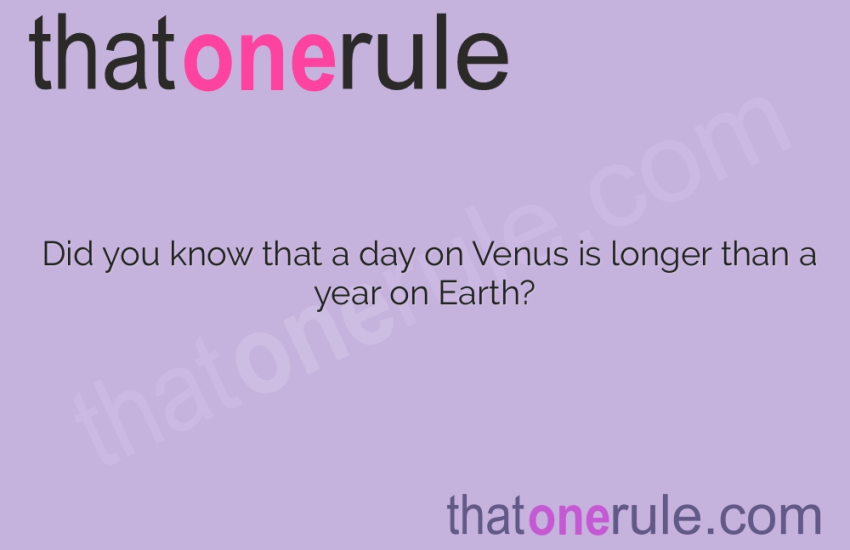10 Fascinating Volcano Facts You Should Know

Did you know that volcanoes can be found on every continent, including Antarctica?
The largest volcano on Earth is Mauna Loa in Hawaii, which measures about 13,678 feet above sea level.
Volcanic ash can travel thousands of miles and affect the climate by blocking out sunlight.
Volcanoes can be very loud, with some eruptions generating sounds louder than a jet engine.
Lava from volcanoes can reach temperatures of up to 2,200 degrees Fahrenheit.
Volcanic eruptions can create lightning storms, known as volcanic lightning.
The word volcano originates from Vulcan, the Roman god of fire.
The famous eruption of Mount Vesuvius in 79 AD preserved the city of Pompeii under layers of ash.
Volcanic eruptions can trigger tsunamis if they occur under the ocean.
The molten rock beneath the Earth’s surface is called magma. Once it erupts, it is called lava.
Volcanic landscapes are often incredibly beautiful, with unique formations created by the lava flow.
Some volcanic rocks, such as obsidian, are so smooth that they were used by ancient people to make sharp tools.
The longest-lived volcano currently erupting is Kilauea in Hawaii, which has been continuously erupting since 1983.
Volcanoes release various gases during eruptions, including water vapor, carbon dioxide, and sulfur dioxide.
The Earth’s inner core is thought to be as hot as the surface of the sun, and volcanoes play a role in releasing some of that heat.
10 Fascinating Volcano Facts You Should Know part 2
The most active volcano in Europe is Mount Etna in Sicily, Italy.
Volcanic activity can create new land, with islands such as Iceland and Hawaii formed by volcanic eruptions.
The caldera, or the large crater at the top of a volcano, is formed when a volcano collapses after a massive eruption.
Volcanic soil is incredibly fertile and is often used for agriculture.
Volcanic ash can be harmful to human health, causing respiratory problems and eye irritation.
Volcanoes are monitored by scientists using various tools such as seismographs and gas analyzers.
The Ring of Fire is a major area in the Pacific Ocean known for its frequent volcanic activity and earthquakes.
Volcanic eruptions can create temporary climate changes by releasing large amounts of greenhouse gases.
Some volcanic craters are so deep that they form natural sinkholes, known as maar craters.
Volcanoes can remain active for hundreds of thousands of years, with occasional eruptions.
The deadliest volcanic eruption in recorded history occurred in 1815 when Mount Tambora in Indonesia erupted, killing tens of thousands of people.
The lava from some volcanoes can reach speeds of up to 40 miles per hour.
The volcanic rock pumice is so light that it can float on water.
Volcanoes are often associated with legends and myths in various cultures around the world.
The eruption of the Krakatoa volcano in 1883 was so powerful that it was heard over 3,000 miles away.
Volcanic eruptions can create underground caves and tunnels, known as lava tubes.
Some volcanic eruptions produce ash clouds that can affect air travel, grounding planes for safety reasons.
Volcanoes are constantly changing and can even grow or collapse over time.
The Hawaiian Islands are all formed by volcanoes, with the youngest island being the Big Island, where Mauna Loa and Kilauea are located.
Hot springs and geysers, like those in Yellowstone National Park, are created by volcanic activity.
Lava flows can travel for miles, destroying everything in their path, but they can also create new land.
The largest volcanic eruption in the past 100 years was the eruption of Mount Pinatubo in the Philippines in 199
Volcanoes can have different types of eruptions, ranging from gentle lava flows to explosive ash clouds.
The study of volcanoes is called volcanology, and scientists who study them are called volcanologists.
Volcano monitoring helps predict eruptions and allows for timely evacuations, saving lives.
The heat from volcanic activity can be harnessed to generate geothermal energy, a renewable source of power.
The world’s largest volcanic structure is the Tamu Massif, located underwater in the Pacific Ocean.
Volcanologists use drones to study volcanic activity up close, avoiding the dangers of approaching an erupting volcano.
Some volcanic eruptions can cause temporary cooling of the Earth’s surface due to the release of sulfurous gases.
Volcanoes are a reminder of the Earth’s powerful forces and the constant change happening beneath our feet.

